A mobile phone can carry out power measurements on the frequency currently in use, on UMTS neighbour frequencies and on GSM frequencies. It sends the results to the network on the current link. A new link is established to the neighbour cell that offers the best radio link quality.
Mobile phones perform measurements for determining link quality in a radio network and then send the results to the network as UE measurement reports. These reports provide vital information for dynamic network planning and the distribution of resources at the radio interface (radio resource management). The measurements and the mode of signalling are defined in the 3GPP specifications. Mobile phones have to be tested to verify this functionality and the stipulated measurement accuracy. A mobile phone measures important characteristics such as the power on the frequency currently in use (intra-frequency measurements), on UMTS neighbour frequencies (inter-frequency measurements) and on GSM frequencies (inter-RAT measurements; RAT: radio access technology). These measurements are used to determine which neighbour cell offers the best radio link quality; a link is then set up to this cell.
During signalling, it is also possible to query the current transmit power of the mobile phone, the timing of its transmit and receive signals, and the block error ratio (BLER) of a data channel. To prepare for handover between UMTS cells, the mobile phone can determine the frame timing of its current link and of its target cell.
How can we read the data that come out of the mobile phone using an android app? how can we read transmit power of the mobile phone device to be more specific?



